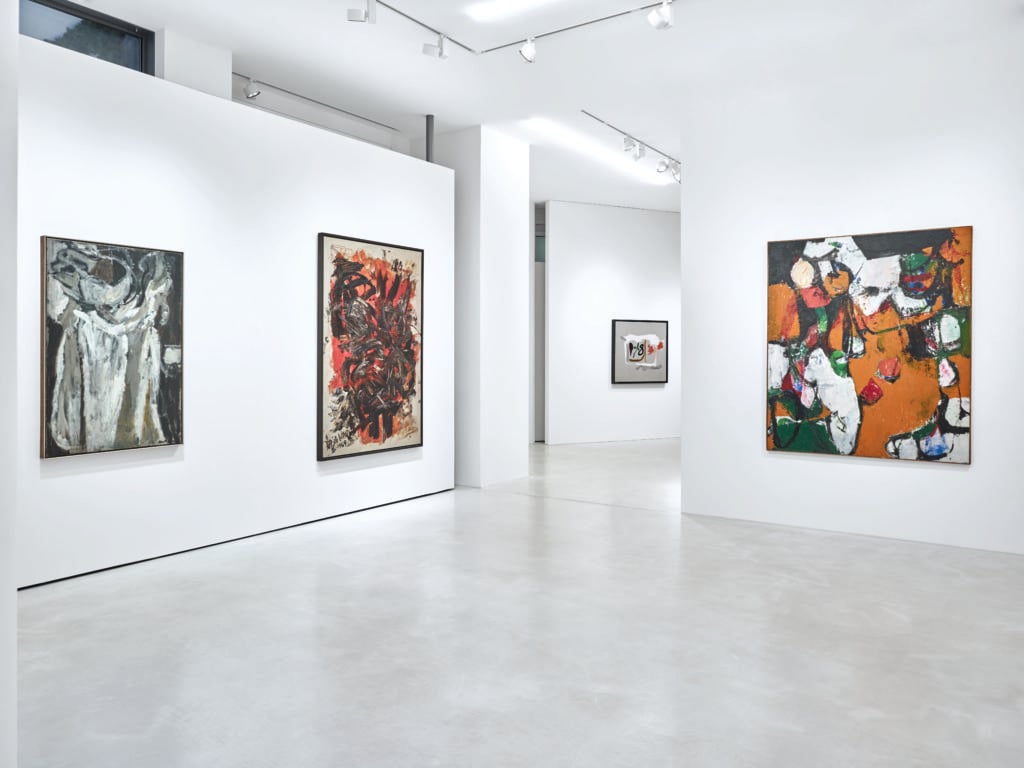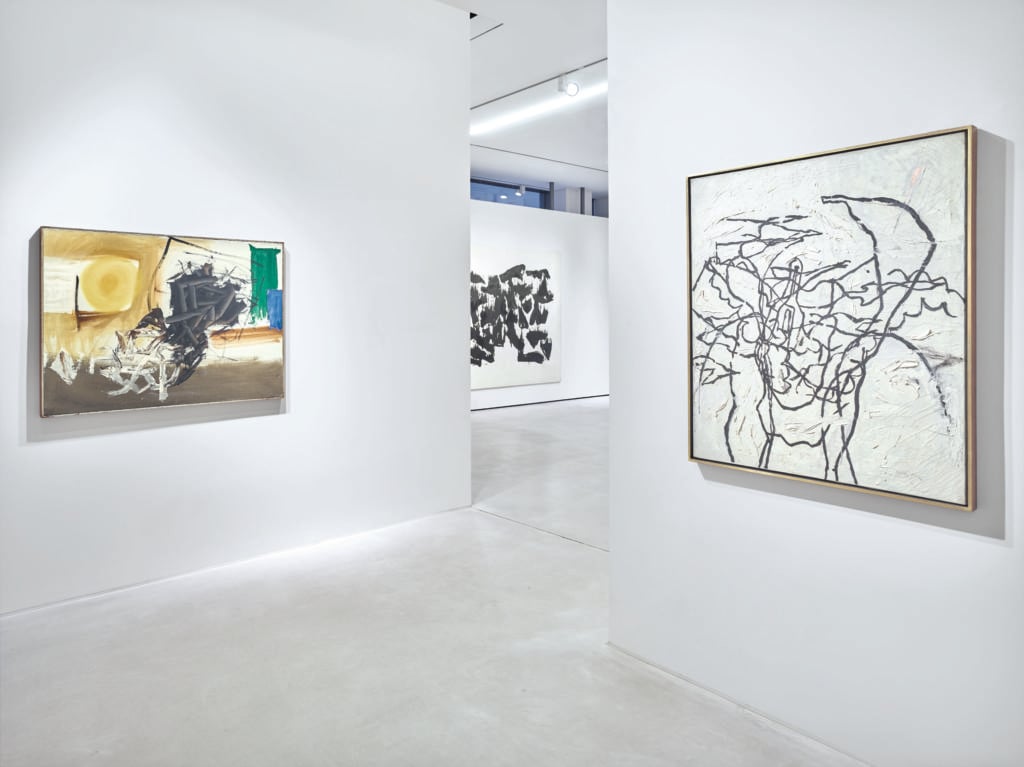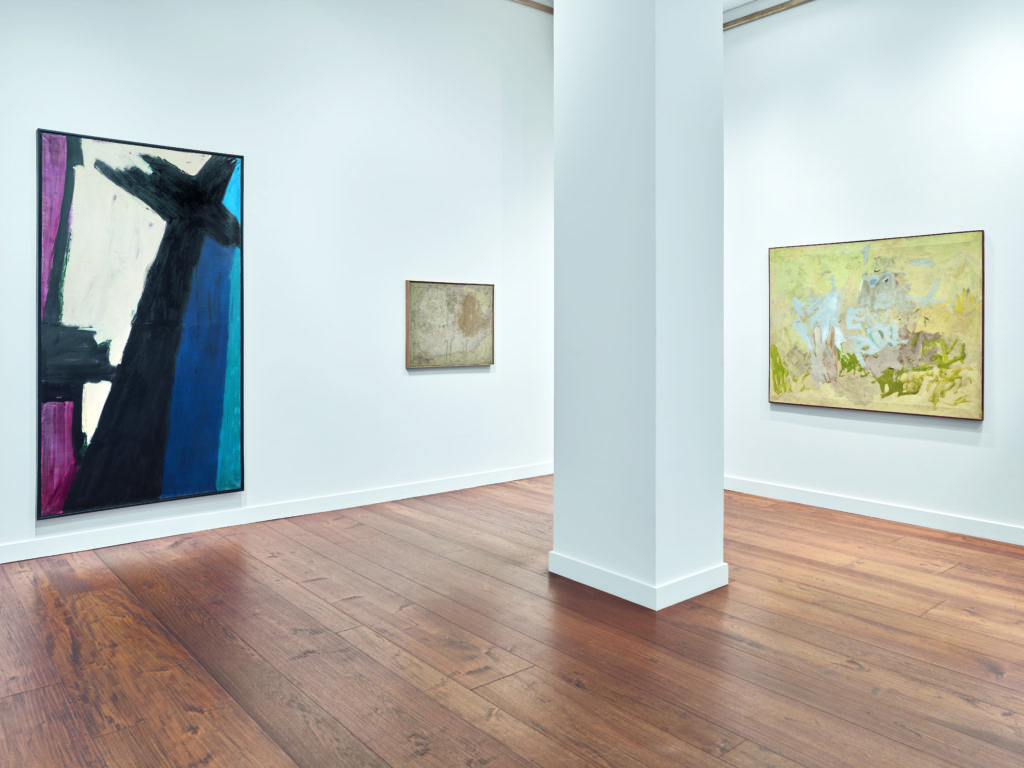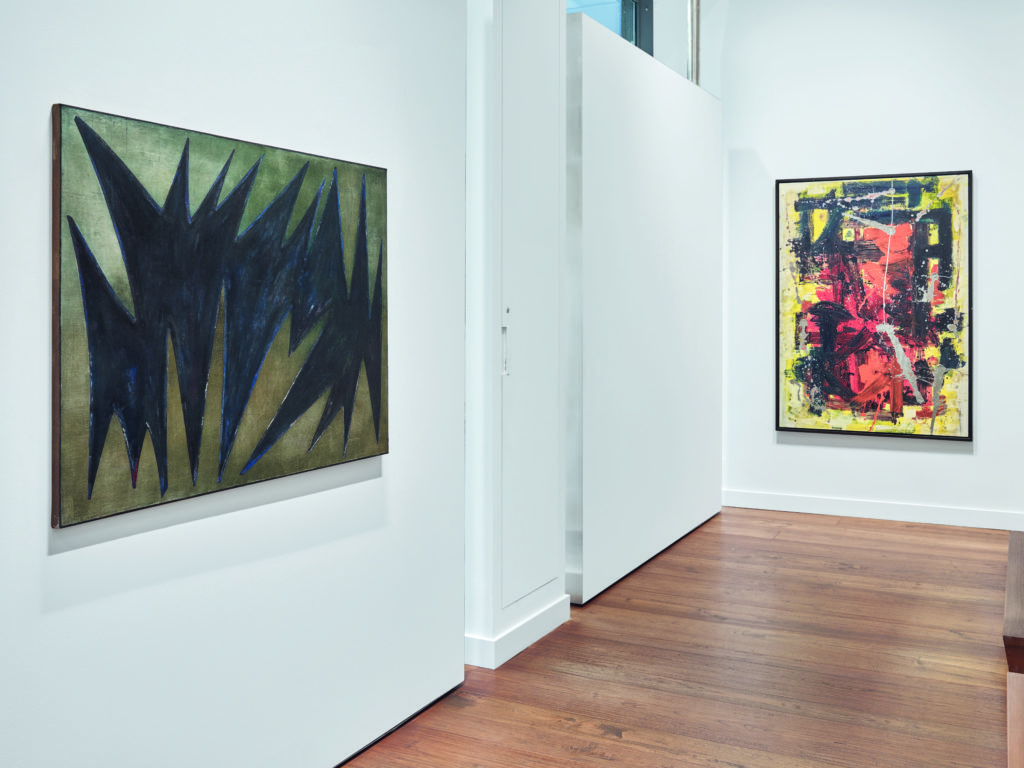‘They Were Radical In the Best Sense of the Word’: Setareh Gallery Spotlights the Women of Abstract Expressionism


Artnet Gallery Network

The hyper-masculine post-war mythology that’s often tied to Abstract Expressionism has long been recognized as a problematic historical narrative because it elides many of the movement’s equally impressive female artists. Yet given how entrenched this narrative is it can be difficult to divorce it from our understanding of post-war American art history.
But now the new exhibition, “A Gesture of Conviction: Women of Abstract Expressionism, Works from the 1950s and ’60s,” on view at Setareh Gallery in Düsseldorf aims to do just that.
Although similar shows have been staged in the past, this is the first such exhibition of its kind in Europe. “When the canon of art history was written, it was written through eyes of the male artist,” says gallery owner Samandar Setareh. “Even if you try to be unbiased when looking at the work, you are still probably socialized by this way of thinking. I think that Europe is further removed from this socio-historical baggage, allowing for a more direct assessment of the quality and general relevance of such works.”

Installation view of “A Gesture of Conviction: Women of Abstract Expressionism, Works from the 1950s and ’60s,” 2018. Courtesy of Setareh Gallery.
“A Gesture of Conviction” brings together the work of 10 artists, ranging from well-known American names like Helen Frankenthaler, Grace Hartigan, and Lee Krasner to lesser-recognized European figures such as Anna-Eva Bergman and Martha Jungwirth.
For Setareh, it’s a group defined in part by its radicalism. “Many of these artists left behind all these notions of societal expectations and roles,” he says. “They couldn’t rely on any safety net. They were radical in the best sense of the word.”
The title of the exhibition comes from a phrase Setareh and his staff coined. For them, it signifies the sensation behind a truly great abstract painting. “I think that when you see an Abstract Expressionist work, it’s like an immediate execution of logos—the sense of an idea. It comes to your mind and from your mind, and it goes to your hand. You see something, you recognize, then you act. It’s a process ex tempore—born out of this moment.”

Installation view of “A Gesture of Conviction: Women of Abstract Expressionism, Works from the 1950s and 60s,” 2018. Courtesy of Setareh Gallery.
It’s an ambitious show for a gallery, which required Setareh to collaborate with many collectors, estates, and gallerists to secure loans. Historical shows such as this can also result in little financial payoff, since many of the works aren’t for sale. Nevertheless, for Setareh, galleries play an important role in reconsidering the canon.
“Today I think the museums have to compete and fulfill so many expectations. They’re increasingly obliged to stage blockbuster exhibitions, and those exhibitions often times are relying on the old canon, agreed upon decades ago, if not longer,” he says. “Galleries can respond instantaneously to the moment. They can inspire. I think it’s important for museums to follow the vivid gallery scene because there’s a lot of work being done in facets in what can be later staged in a bigger context.”

Installation view of “A Gesture of Conviction: Women of Abstract Expressionism, Works from the 1950s and ’60s,” 2018. Courtesy of Setareh Gallery.
“A Gesture of Conviction: Women of Abstract Expressionism, Works from the 1950s and 60s” is on view through February 23, 2019, at Setareh Gallery in Dusseldorf.